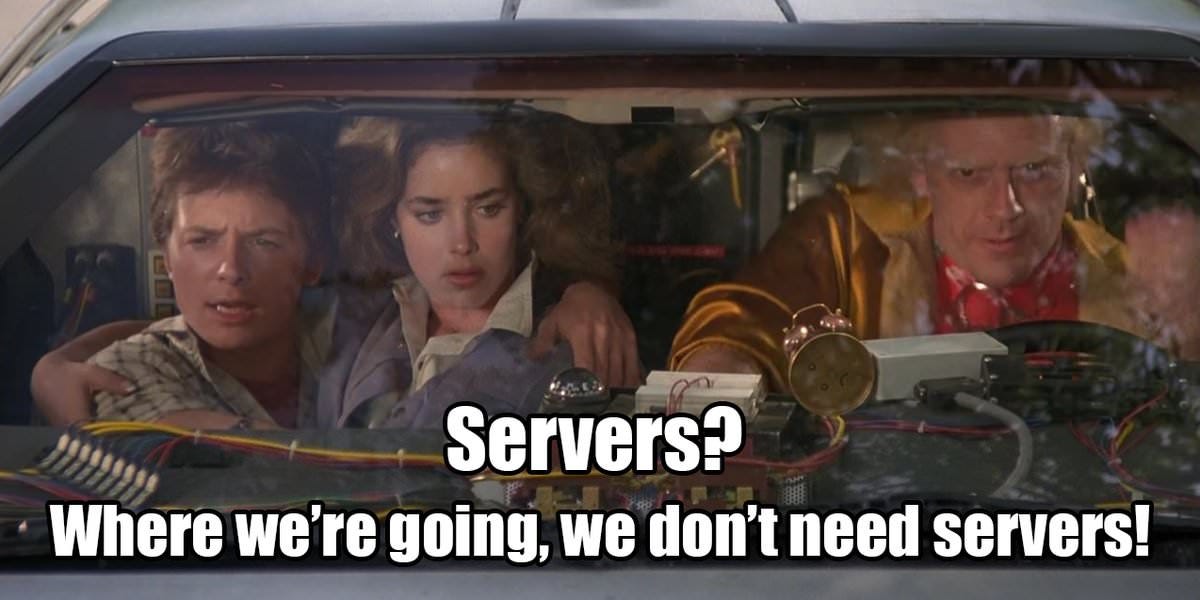Getting started with Drupal 8 on Kubernetes
This is tutorial to deploy a new Drupal Website on a Kubernetes cluster hosted on Oracle Container Engine (OKE)
Blogposts, Tutorials, Code Samples & Videos. All you need to get started.

You’ve heard of Artificial Intelligence, IoT and Blockchain …
What about “Serverless” computing? You will hear this term being thrown around a lot, as a buzzword, but to sum up, it just means that a cloud provider will be allowing developers to focus more on developing applications by offering a serverless platform. In an interview with InformationWeek.com, Joe Emison the CTO of BuildFax said :
“Software is eating the world. Companies that can develop software most effectively will be among those that succeed”
I don’t think anybody can argue with this statement. So why has Serverless architecture become this hidden technology that only developers know about? What if I told you many are already seeing benefits from Serverless-based workflows, and in the near future, this type of architecture could power practically the whole internet?
Where did it start?
Before we dive straight into the big bad world of Serverless architecture, it will be easier to understand where it came from. Ever heard of a virtual machine? Well it’s simply a way to have more than one operating system on your host machine. It’s really useful, especially if you’re working on a few different projects which require different environments. The only bad thing? The amount of resources a virtual machine required became a problem.
The solution to this was Containerization. If you want to learn more about containers follow my previous article.
What is serverless? The no-servers myth
Serverless is a cloud execution model. The name Serverless itself is a bit misleading — as of course there are servers managed by the companies or individuals cloud provider. You’ve all heard of Iaas, Paas, Saas…. What about Faas? Function as a Service — The idea is that developers only pay-per-execution, and they don’t need to worry about scaling their applications or machine resources. They can spend their time (wait for it) –actually developing! This in turn means less time to market which is another benefit of developing on a serverless platform.
That all sounds great — but there are still some growing pains involved in the implementation process. This is because companies that have massive monolith architectures find it hard to change to a function driven system. And I’m not saying that this is an easy-breezy process, but once they have this new Serverless architecture, they open themselves up to a much more productive workflow. I’m not a professional developer myself (more of a technology enthusiast). However, I firmly believe that any new technology takes time to grow out of the awkward stages — after all, doesn’t every new technology go through this?
It is our responsibility to take a positive outlook on emerging tech and spread that positivity, and by doing this the future of Serverless technologies will be a bright one.

Future of Serverless
In 2017, the serverless architecture market was valued $3.20 billion, and was expected to grow to $14.93 billion by 2023, according to a report conducted by MarketsandMarkets.
This massive growth spurt projection isn’t that surprising, as the popularity of cloud-native services is only rising. I’ve no doubt that the future will be driven by containerized apps and pay-by-use functions being fired off in a cloud providers space by way of automation. Imagine a world where you didn’t need to worry about the physical maintenance of your hardware that helps develop and run all your applications. This has been and always will be the draw to cloud computing.
So keep reading and learning— if you are interested in disruptive technology you’ll want to keep an eye on serverless computing.
Miriam Keenan @mirknn
Digital & Developer Advocate Intern at Oracle.